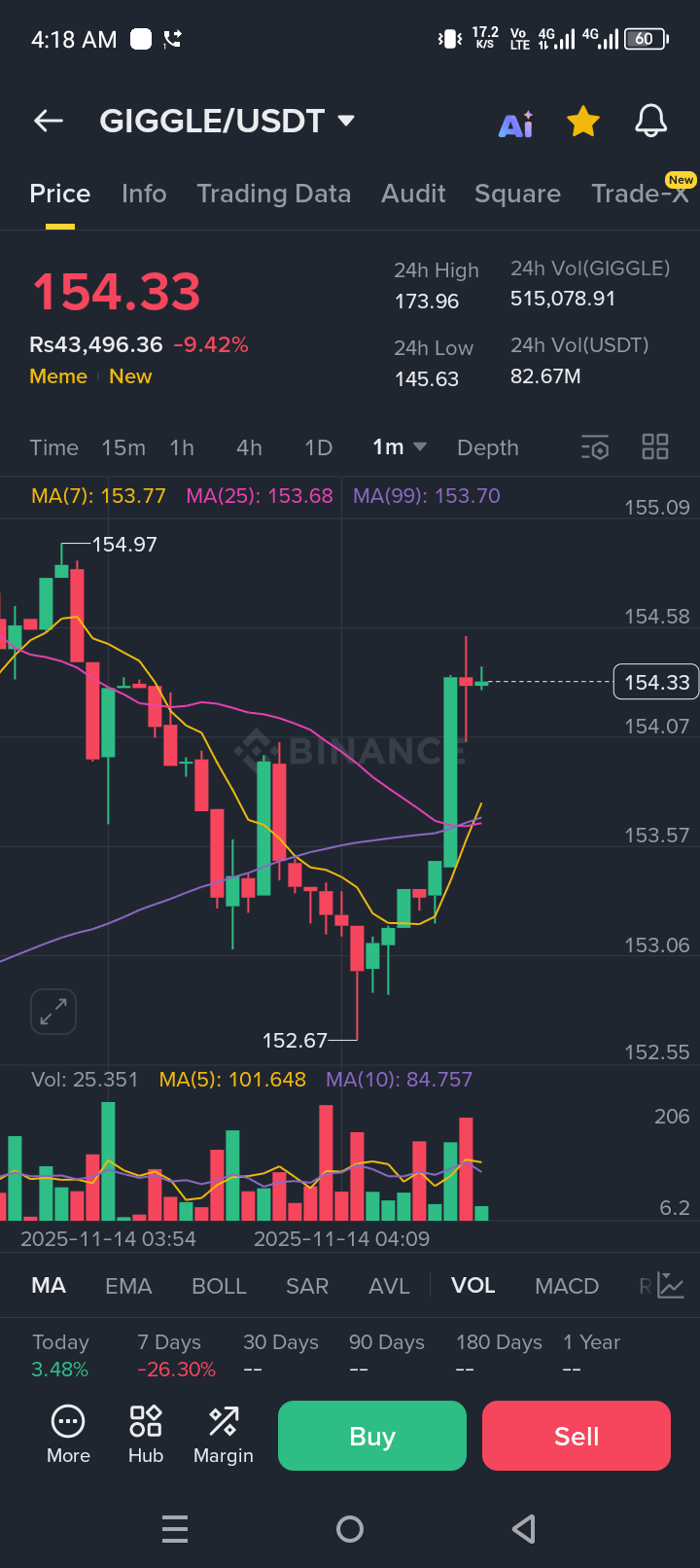区块链技术的演进总是围绕着一个核心悖论展开:如何在保持去中心化安全的同时,实现海量实时交互的规模化?这不是抽象的学术问题,而是当下Web3应用落地时的硬伤。Somnia Network作为一款新兴Layer 1平台,正以其针对娱乐和游戏优化的设计,切中这一要害。它不是简单堆砌TPS数字的噱头,而是通过MultiStream多流并行共识机制,构建了一个能处理每秒百万笔交易的弹性架构。这种机制巧妙地将交易流分隔处理,避免了单链瓶颈,同时嵌入EVM兼容层,让开发者无需为速度牺牲熟悉的Solidity工具链。相比rollup方案的层层嵌套,Somnia的原生优化直接在基础层化解延迟,确保dApp从概念到部署的平滑过渡。
Somnia的IceDB存储系统是另一个技术亮点。它不是泛用数据库,而是专为区块链高吞吐量量身定制的低延迟解决方案,融合了先进的压缩算法,将节点存储需求压缩至传统水平的几分之一。这意味着验证者可以用标准服务器运行,而非昂贵的专用硬件。截至目前,主网已吸引超过60家验证机构,包括Kiln和Google Cloud这样的重量级玩家,形成了一个高度去中心化的守护网络。测试网阶段的积累尤为惊人:累计处理超过20亿笔交易,其中单日峰值达8000万笔EVM调用,这不仅仅是数字游戏,更是证明了平台在极端负载下的稳定性。主网上线后,活跃地址迅速突破6.9万,日交易量稳定在25万笔左右,平均gas费仅0.0001美元——这在Avalanche或Polygon高峰期动辄翻倍的对比下,简直是成本杀手。游戏开发者是Somnia最直接的受益者。传统区块链在处理游戏逻辑时,总像一台老式主机:帧率卡顿,资产同步滞后。Somnia的亚秒级最终性彻底颠覆了这一局面。
想象一个多人在线世界,玩家通过NFT铸造装备、实时更新排行、跨游戏转移资产,所有这些链上操作都如丝般顺滑。平台原生支持复杂状态机,允许开发者构建持久型虚拟经济体,而非碎片化的实验。首批原型游戏已上线,融入代币化奖励机制,让玩家在娱乐中自然捕获价值。譬如,一款测试中的元宇宙射击游戏,利用Somnia的桥接协议,实现资产从其他链的无缝导入,玩家无需担心跨域摩擦。这不只是技术栈的叠加,更是生态闭环的雏形:从内容创作到社区治理,全链上闭合。更深层看,Somnia的社交维度也在悄然发力。在VR和AR融合加速的当下,元宇宙不再是科幻,而是日常交互的延伸。Somnia的高性能桥接让资产在不同虚拟空间零延迟流动,用户数据主权得到铁律保障——没有中心化平台的窥探,只有自有身份的自由迁移。早期dApp已探索直播集成和代币化社区,开发者通过低费门槛,轻松实验去中心化治理模型。这与Web3的核心精神契合:赋权而非控制。相比Solana的拥堵历史或Ethereum的分片遥遥无期,Somnia的MultiStream像一台精密齿轮,智能分配负载,确保网络在峰值时仍如常运转。市场反馈印证了这些技术红利。
原生代币SOMI当前价格徘徊在0.71美元,24小时交易量超过5600万美元,较前日回落7.58%。这一波动并非恐慌抛售,而是典型的市场消化:本月高点1.84美元后,进入理性整理,流通供应1.602亿枚,总量10亿枚,市值约1.14亿美元。这样的体量对一个主网刚满月的Layer 1而言,已是稳健信号。流动性农场和DEX集成进一步放大其吸引力,总价值锁定TVL已达193万美元,受早期DeFi协议拉动。尽管监管阴霾笼罩行业,Somnia的低操纵风险设计——通过压缩套利窗口——正吸引机构资金悄然布局。当然,Somnia并非一帆风顺。Layer 0如Cosmos的互操作竞争,以及游戏行业的用户获取门槛,都是潜在挑战。但其路线图清晰:短期内通过1000万美元开发者基金,孵化更多游戏原型;中期聚焦AI辅助渲染和隐私工具;长期瞄准企业级元宇宙集成。这不是空谈愿景,而是基于测试网2亿笔交易的实证迭代。Somnia正将Web3从开发者沙盒推向玩家客厅,让娱乐不再是高门槛实验,而是人人可触的数字疆域。在这个高吞吐时代,它不是旁观者,而是那台悄然转动的引擎,驱动游戏生态从碎片向统一跃进。@Somnia_Network
#Somnia $SOMI
{spot}(SOMIUSDT)


